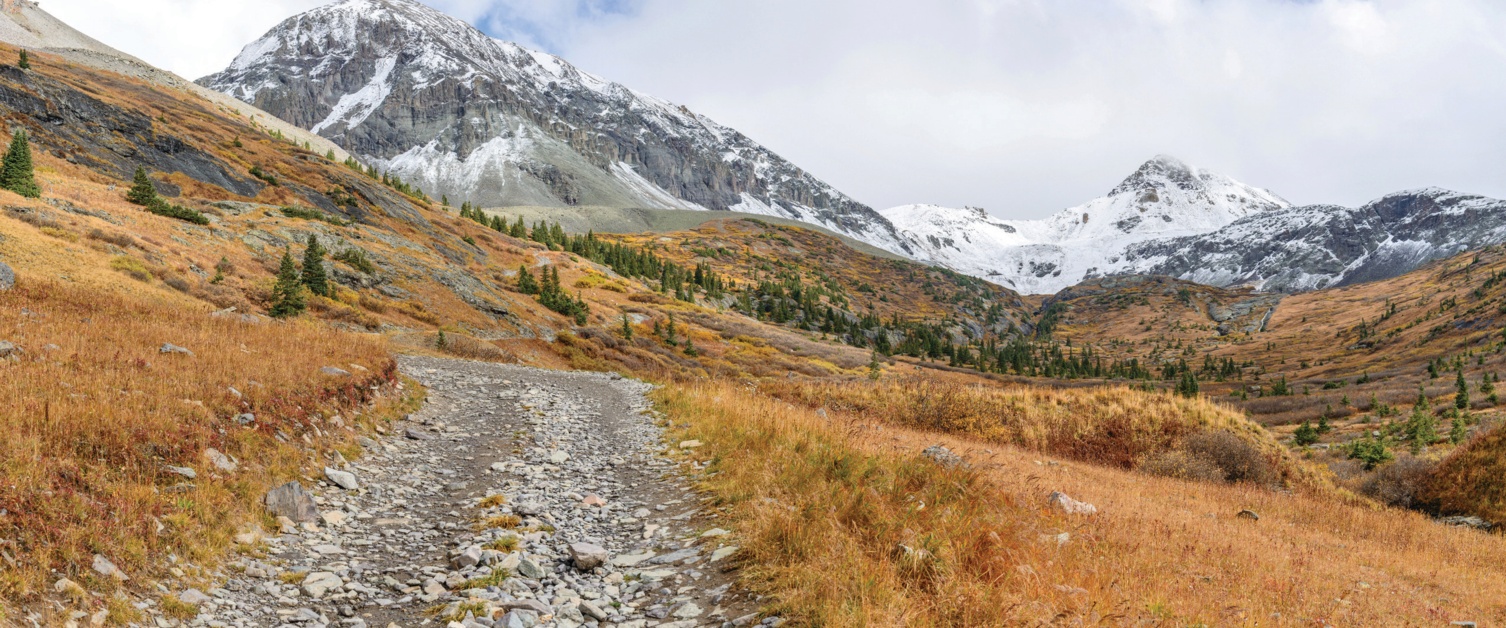Packs that Lack
- By AMS Staff
- Aug 19, 2024
22%—The overall decline in the annual amount of water in mountain snowpacks in the contiguous United States since 1982, according to research published recently in Hydrology and Earth System Sciences. The study introduces a new metric called snow water storage (SwS) to help water managers better understand how much water snowpacks hold, and for how long. The SwS is defined as the integrated area under the snow water equivalent (SWE) curve (units: length-time); the SWE is the amount of water that would be obtained after melting the snow. While commonly used snow metrics only capture snow variables at one point in time (such as maximum SWE) or only describe snow characteristics (such as length of the snow season), the SwS is applicable at numerous time and space scales. “It’s really just a cumulative sum, not a maximum value,” explains coauthor David Hill of Oregon State University. “It’s like adding up the number of miles you drive in a given year, rather than just thinking about the 500 you did on one day for your road trip.” The new metric showed that 72% of all water stored in the form of snow in the lower 48 states is in mountainous regions, even though mountains account for only 16% of the total area, highlighting the country’s reliance on mountain snowpacks for water storage. SwS can quantify water storage in various types of snowpacks, including persistent snowpacks typically found at high elevations, transient snowpacks normally found at lower elevations, and snowpacks transitioning from persistent to transient because of a warming climate. This versatility will make the tool increasingly valuable as the climate continues to change. “There are many ways to describe or quantify our snow resources, but some of the traditional measures, such as the April 1st snowpack, increasingly do not tell the full story,” Hill says. “We present a new way of describing snow’s water storage ability that adds deeper understanding and has more applicability in cases where our snowfall is increasingly intermittent or, regrettably, turning to rain.” [Source: Oregon State University]
Photo Credit: iStock.com/SeanXu
